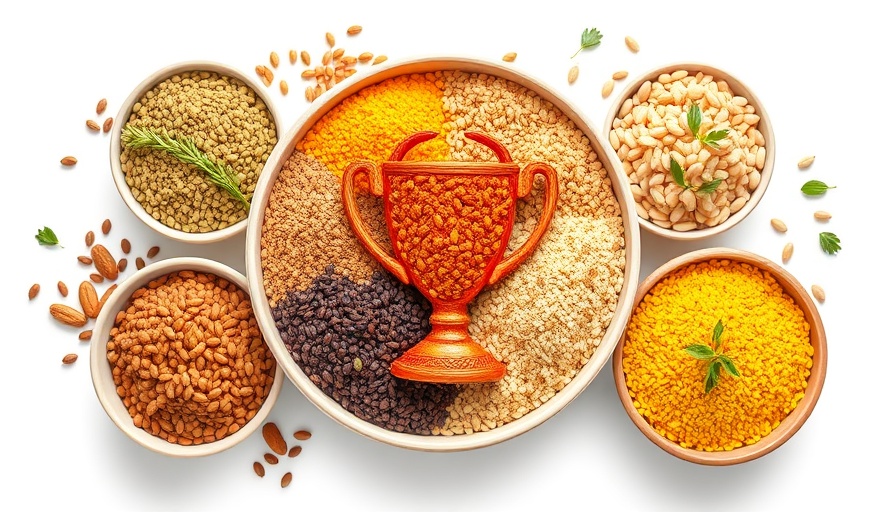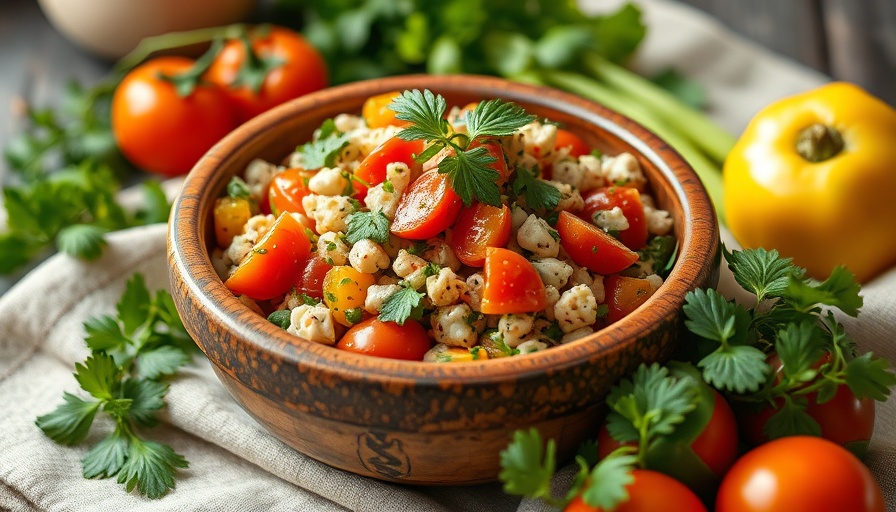
Unlock the Sweet Heat: The Magic of Spicy Maple Syrup
Are you ready to awaken your palate? Spicy Maple Syrup is emerging as a game-changer in kitchens everywhere. Known for its unique blend of sweetness and spice, this condiment is not only easy to make but also incredibly versatile.
Why Spicy Maple Syrup is a Must-Try
This delightful concoction revolutionizes how we think about traditional sweeteners. With just three ingredients—maple syrup, red chili flakes, and cayenne pepper—this syrup takes mere minutes to prepare. Perfect for breakfast staples like pancakes and waffles, it also elevates savory dishes such as roasted veggies and marinades. Imagine drizzling it over fried chicken or gliding it onto your favorite brunch plate. The sweet heat awakens the taste buds, making each bite an experience in itself!
The Simplicity of Creation
One of the best aspects of making Spicy Maple Syrup is its simplicity. Combine ingredients in a saucepan over low heat, stirring occasionally to meld the flavors. Depending on your heat preference, you can easily adjust the amount of cayenne pepper and chili flakes. This customizable nature makes it suitable for everyone, from those who prefer a mild kick to spice lovers who enjoy that fiery punch.
Storage Tips to Ensure Freshness
Home-brewed Spicy Maple Syrup can be stored in an airtight container in the fridge for up to a month. Before using, give it a good shake, as the spices may settle. Self-made syrups not only save money but also provide control over ingredients and flavor strength.
Applications of Spicy Maple Syrup That Will Blow Your Mind
The possibilities for utilizing your homemade syrup are endless. Here are some creative ideas:
- On breakfast items: Beyond pancakes and waffles, drizzle it over oatmeal for a morning boost or incorporate it into smoothie bowls for a surprise flavor twist.
- Savory pairings: Use it as a glaze for roasted vegetables or even as a topping for tacos, where the sweetness balances the savory and spicy ingredients.
- Gourmet toppings: Imagine this syrup on vanilla ice cream or drizzled over brioche bread pudding—the result is sure to impress!
How to Customize Your Spicy Maple Syrup
Want to take your syrup game a step further? Consider infusing more flavors into your syrup! Try adding vanilla extract, smoked paprika for a smoky flavor, or a pinch of salt to balance out the sweetness. Each variation is sure to offer a unique tasting experience.
Benefits of Incorporating Spicy Maple Syrup into Your Diet
Utilizing Spicy Maple Syrup not only satisfies your tastebuds but also adds a healthful twist to your meals. Maple syrup provides essential minerals and antioxidants—plus, the added spices can promote digestion and even add to your metabolism. This combination of flavors and health benefits continues to make this syrup a kitchen staple.
Savory vs. Sweet: The Versatile Nature of Spicy Maple Syrup
While it shines as a sweet condiment, Spicy Maple Syrup's versatility extends to savory applications. Imagine the complementing flavors of a spicy glaze on grilled chicken or a drizzle over baked pork chops. It brings balance to heavy dishes, making it a culinary must-have.
In Conclusion: Let Your Creativity Flow!
Spicy Maple Syrup is more than a condiment; it's an opportunity to explore flavors in an innovative way. With its health benefits and versatility, there's no reason not to give it a try. So, what are you waiting for? Get into the kitchen and start experimenting with this delightful syrup. Your taste buds will thank you!
 Add Row
Add Row  Add
Add 




Write A Comment